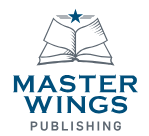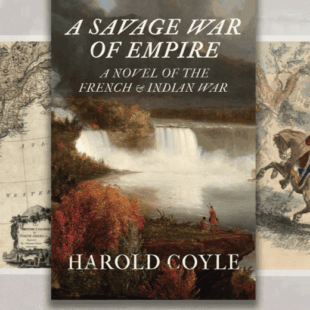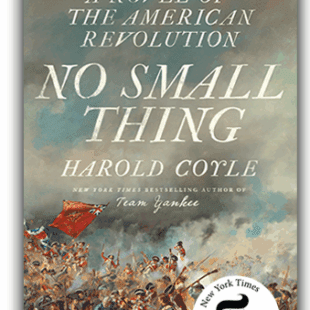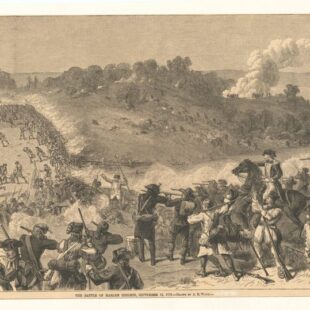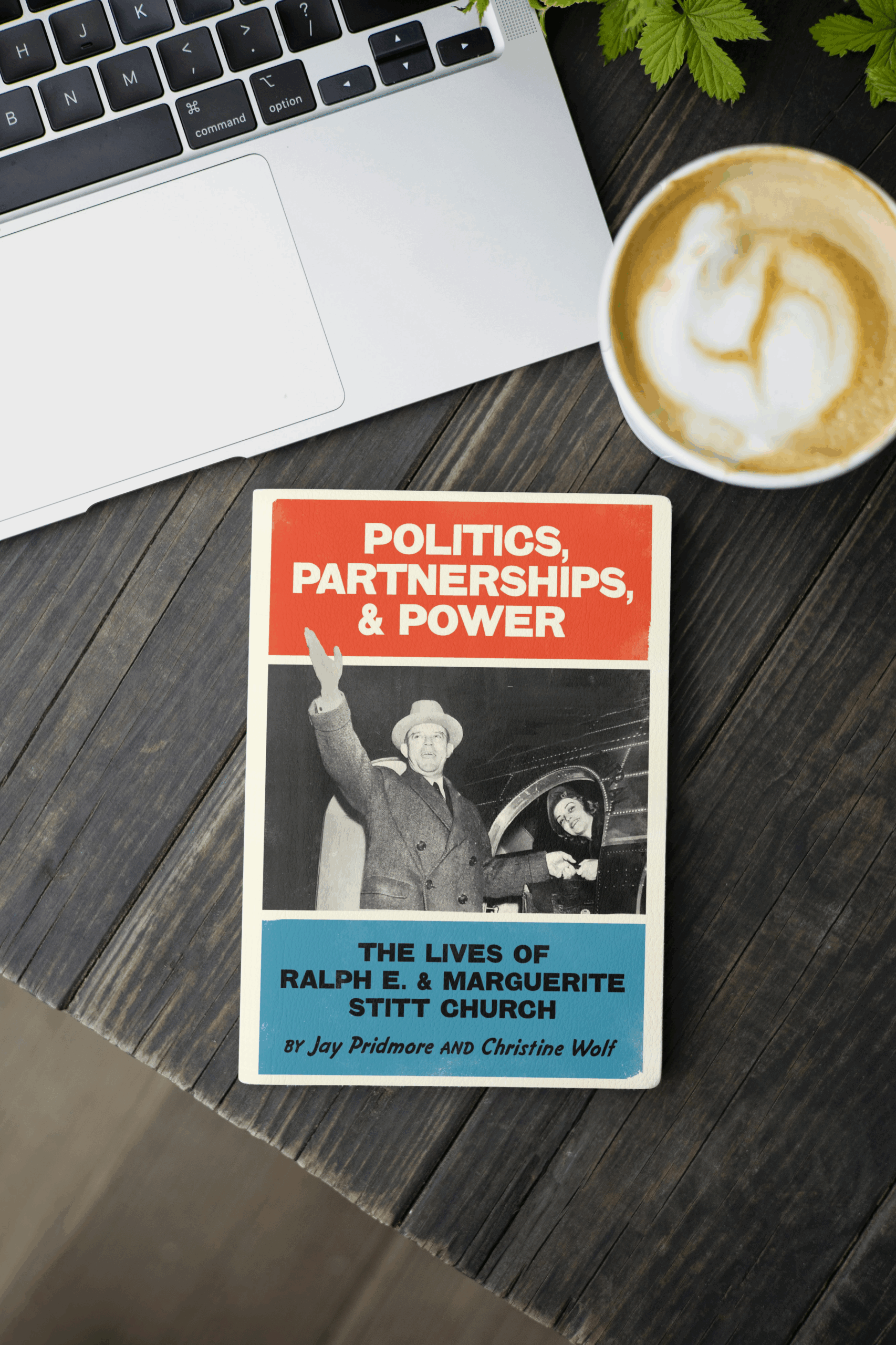When Harold Coyle wrote A Savage War of Empire, he drew upon four works in particular to shape his understanding of the French and Indian War and its lasting impact on the American colonies. These books provided both the historical foundation...
Author: Erika Davis
Book Club Questions for No Small Thing: A Novel of the American Revolution
Bookseller Blaise H calls No Small Thing: A Novel of the American Revolution “definitely a recommendation,” praising its “depth and flesh.” With richly drawn characters like Anthony Carter, Edward Shields, and Lady Katherine Trent, the newest novel from New York...
Interview with Harold Coyle on New Release No Small Thing
The American Revolution wasn’t just fought with muskets—it was carved in courage, loss, and raw determination. In No Small Thing, New York Times bestselling author Harold Coyle delivers a pulse-pounding journey through the heart of a nation being born. From...
Seven Days That Made America
Happy Fourth of July! But even as we gather to celebrate, we know America was not built in a day – or even across a single battlefield. There were many moments of resolve and sacrifice occurred in the halls of...
Why National Great Poetry Reading Day is the Perfect Day to Destress
Reducing stress is one of the most important things we can do for our physical and mental well-being. Since April is Stress Awareness Month, and April 28th is National Great Poetry Reading Day, we’re sharing the surprising and significant ways...
Women in the Military: From Support Roles to the Front Lines
We're diving into the fascinating and tumultuous history of women in the U.S. military. Women have played a crucial role in military capacities since colonial times. They also navigated a complex journey toward inclusion, breaking down gender barriers. This blog...
Journey of Frank Lloyd Wright: Love, Loss, and Architectural Legacy
Frank Lloyd Wright is one of America’s most beloved architects. While people around the world appreciate his architectural legacy, few people realize the dramatic ups and downs that marked his career and personal life. He experienced deeply fulfilling career successes...
Why This Historical Nonfiction Book is So Relevant Today
Politics, Partnerships, & Power: The Lives of Ralph E. and Marguerite Stitt Church is an engrossing and entertaining read about a remarkable couple in twentieth-century Illinois politics with themes that still resonate in 2025. America is on the brink of...
Behind the Scenes: Three Rejected Titles for Master Wings Publishing
We judge books by their covers, but perhaps even more so by their titles! Selecting the right title is a critical part of the creation of a book, and it can be a complex task. It’s not just about picking...
Five Books, Five Genres – Dual Female Authors at Work
In 1960, men wrote 82% of published books, but today, the majority of books are authored by women. And what’s better than one woman? Two! At Master Wings Publishing, we've found that co-authored books often provide a rich blend of...
